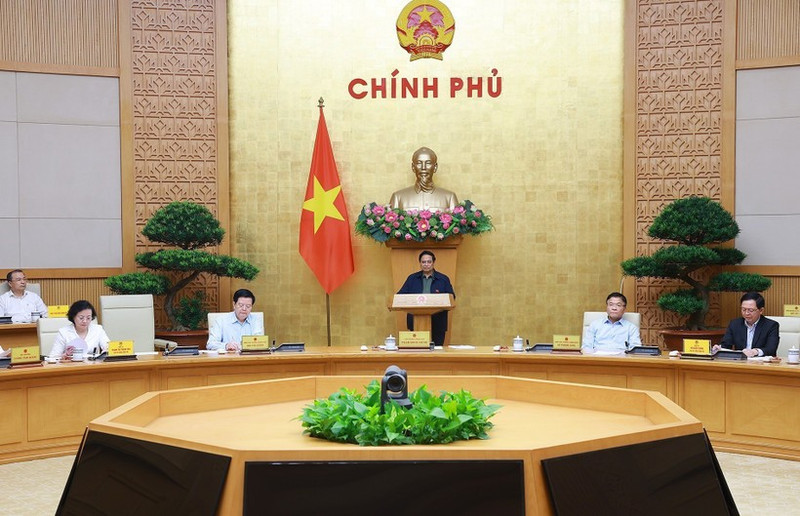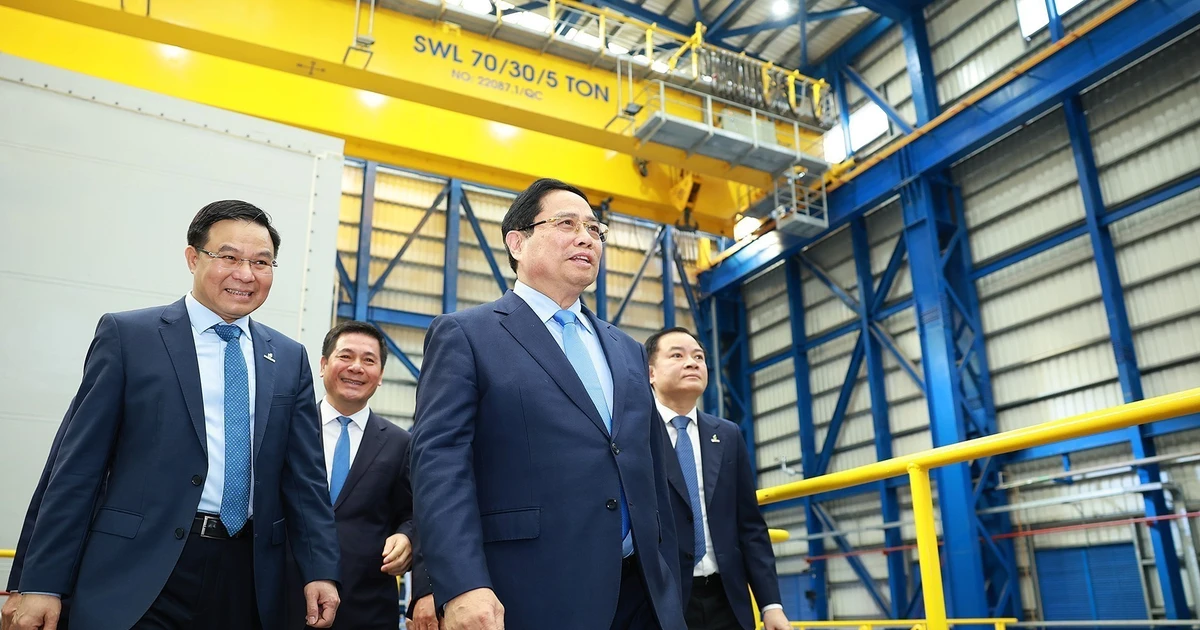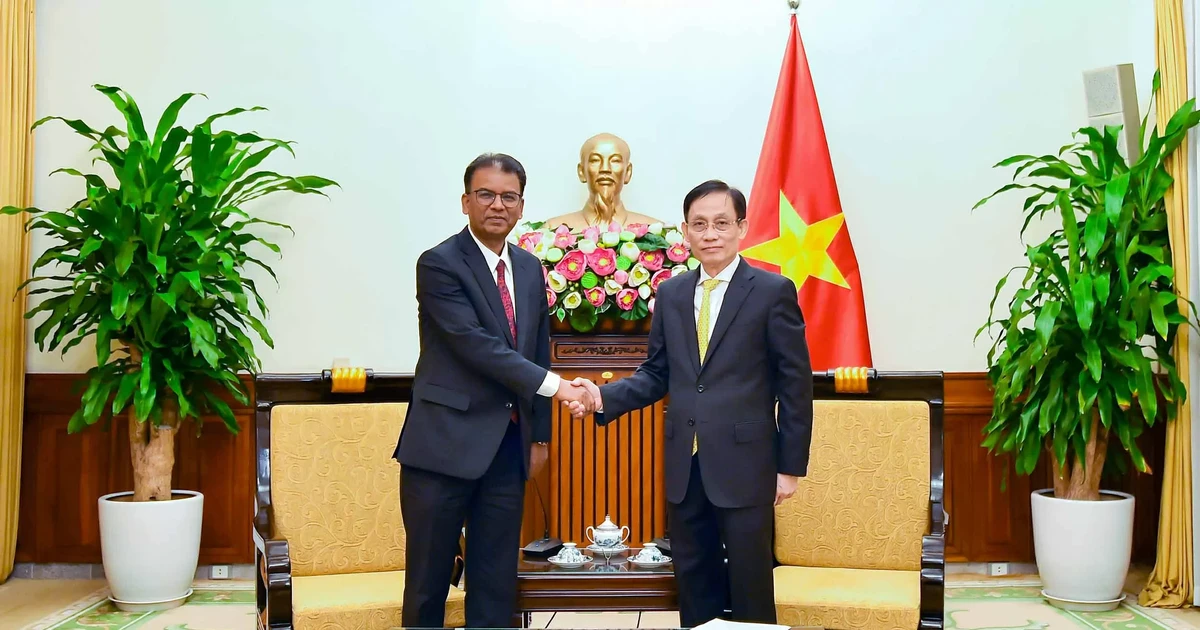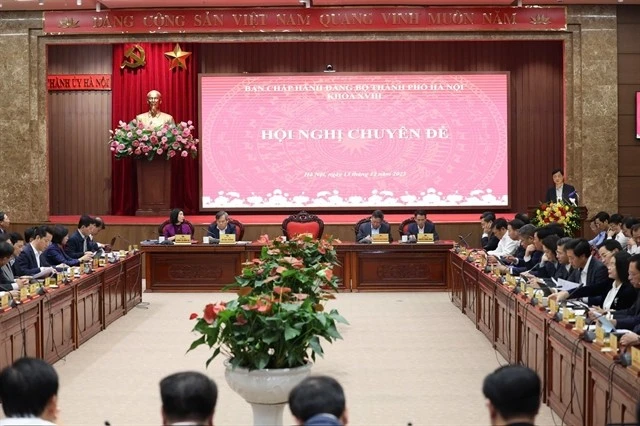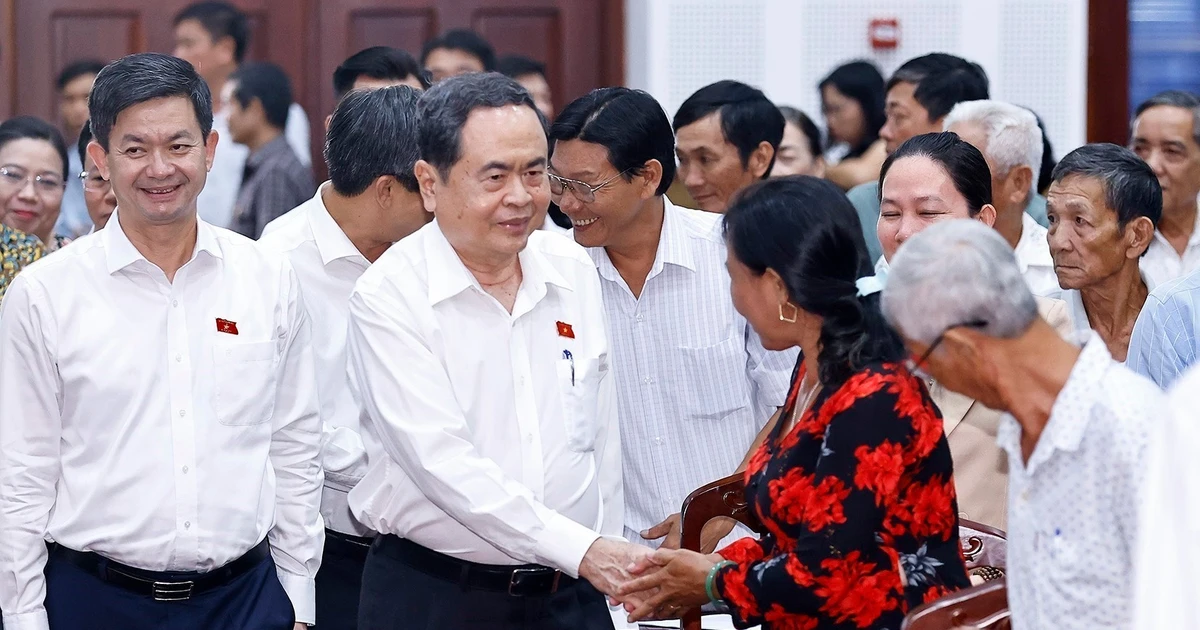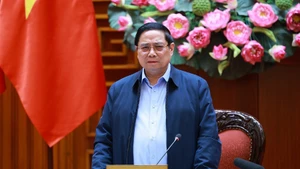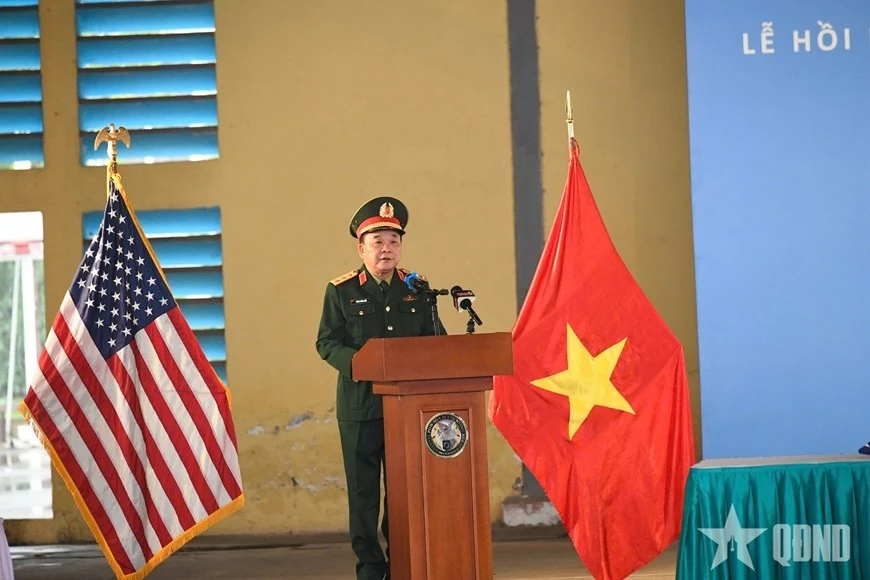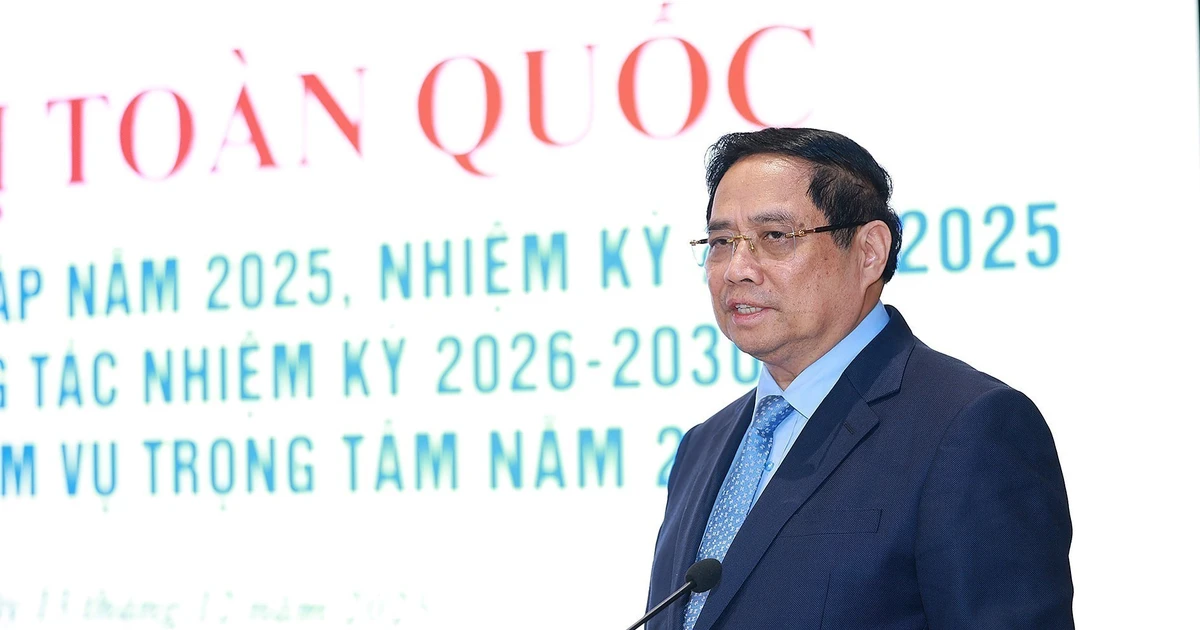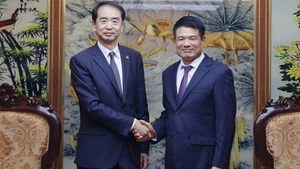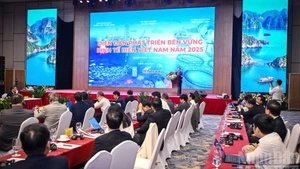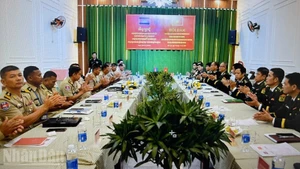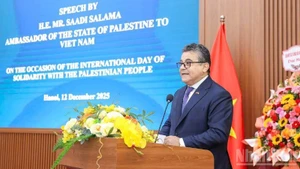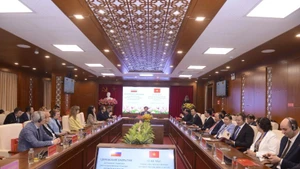Presiding the Government meeting on the implementation of the two-tier local government model in Ha Noi on October 29, PM Chinh hailed ministries, sectors, and localities’ efforts in operating the streamlined apparatus which has shown improvements in public service delivery. However, he pointed out ongoing institutional obstacles and human resources gaps, highlighting some grassroots public servants and officials lack professional expertise, management skills, legal knowledge, and digital understanding.
He ordered the Ministry of Home Affairs to reinforce commune-level staffing, and submit new criteria for administrative units and urban classifications. The Ministry of Education and Training was urged to assess local demand for education personnel, while the Ministry of Agriculture and Environment must accelerate the development of land databases.
PM Chinh emphasised accelerating digital transformation, interconnection of databases, and administrative simplification. The Ministry of Science and Technology was told to upgrade national information infrastructure to ensure seamless data sharing between government platforms and national databases.
Setting the goal of resolving limitations and obstacles related to two-tier local government operation in 2025, he expressed his hope that the whole political system will continue demonstrating determination, efforts and drastic actions to build a modern and transparent administration in service of the people and the nation.
Nearly four months into operation, all 34 provinces and centrally run cities have reorganised public service units. More than 3,300 communes and wards have established multi-sector public service entities in line with the Party Central Committee’s guidelines and local realities.
Some 147,000 public employees left their posts under policy incentives, with 99.99% receiving lump-sum pay. Decentralisation has advanced substantially, with 56% of administrative missions having been delegated to local authorities.
